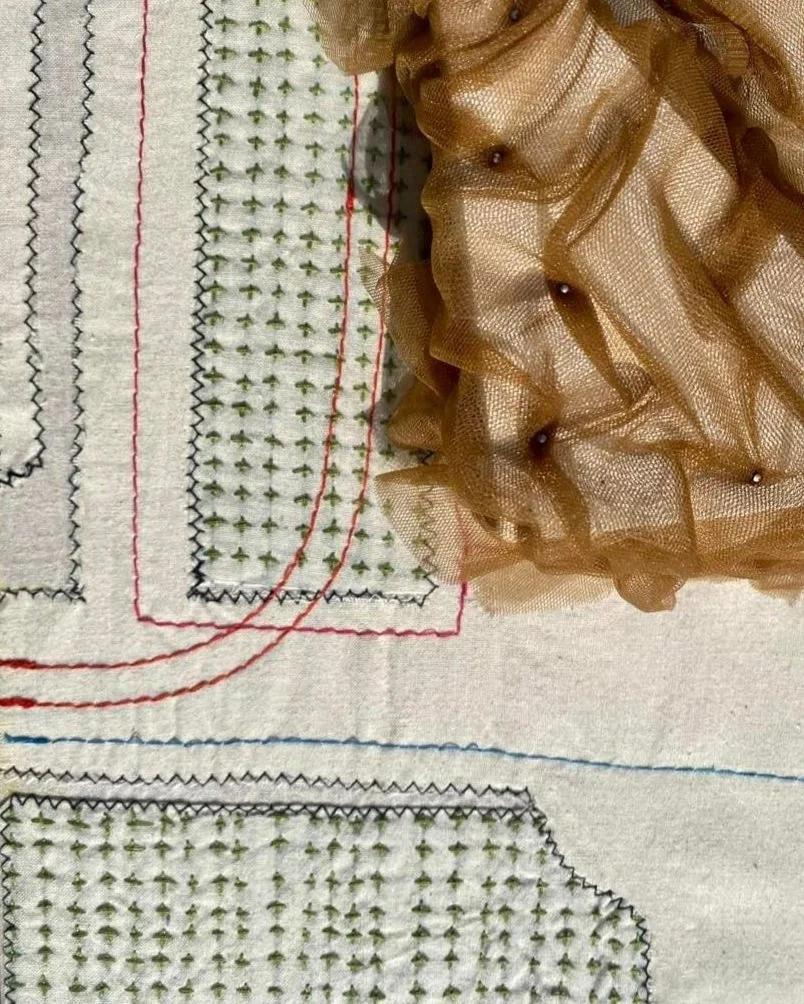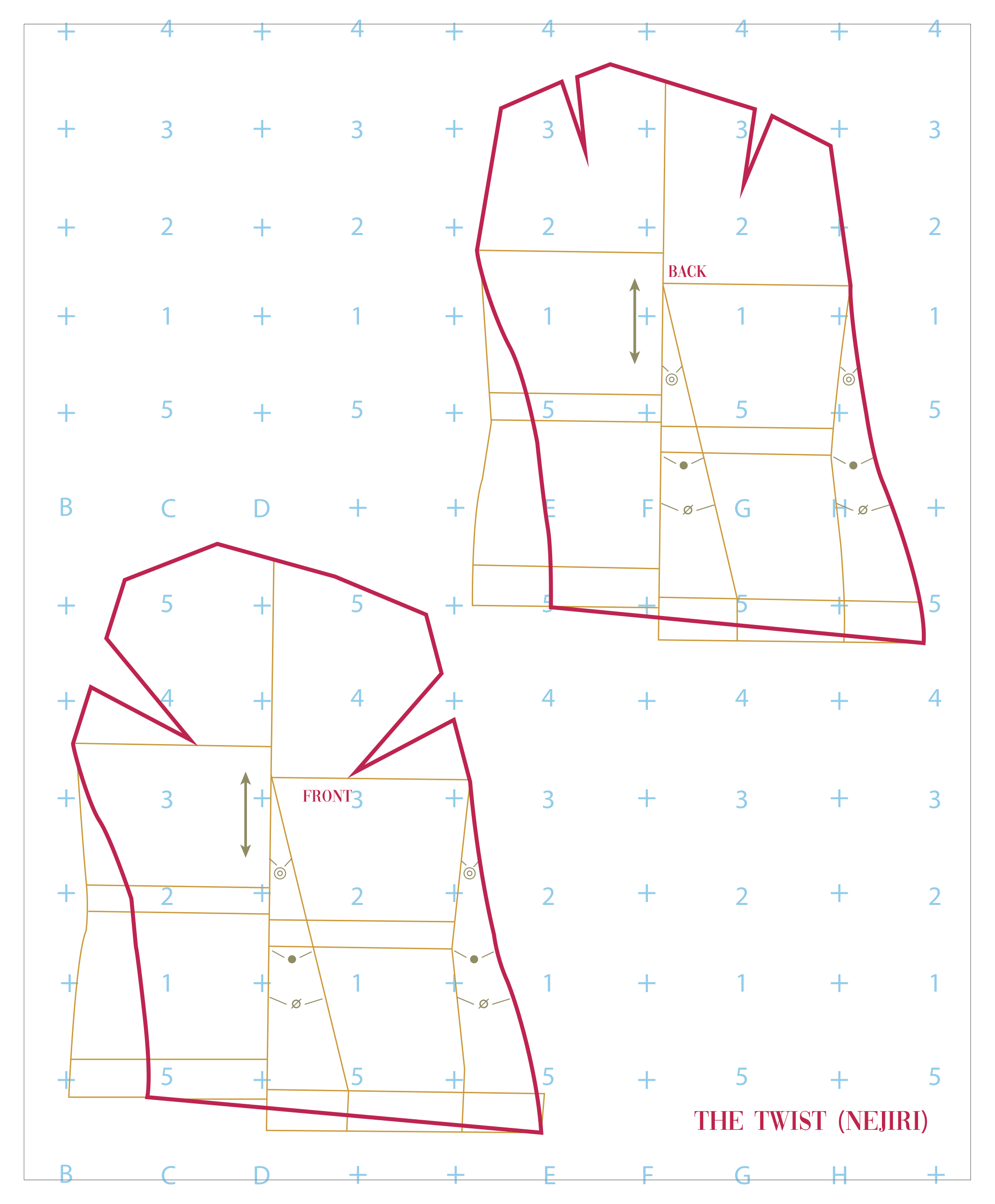In this class, existing and proposed memorials were explored through the lens of memory, imagination, control, and curation. We navigated the relationship between the constructed form and the power of the ideas that made them manifest. Through the semester’s investigation, memory was utilized as the medium in social, political, and physical dimensions and explore the complex









